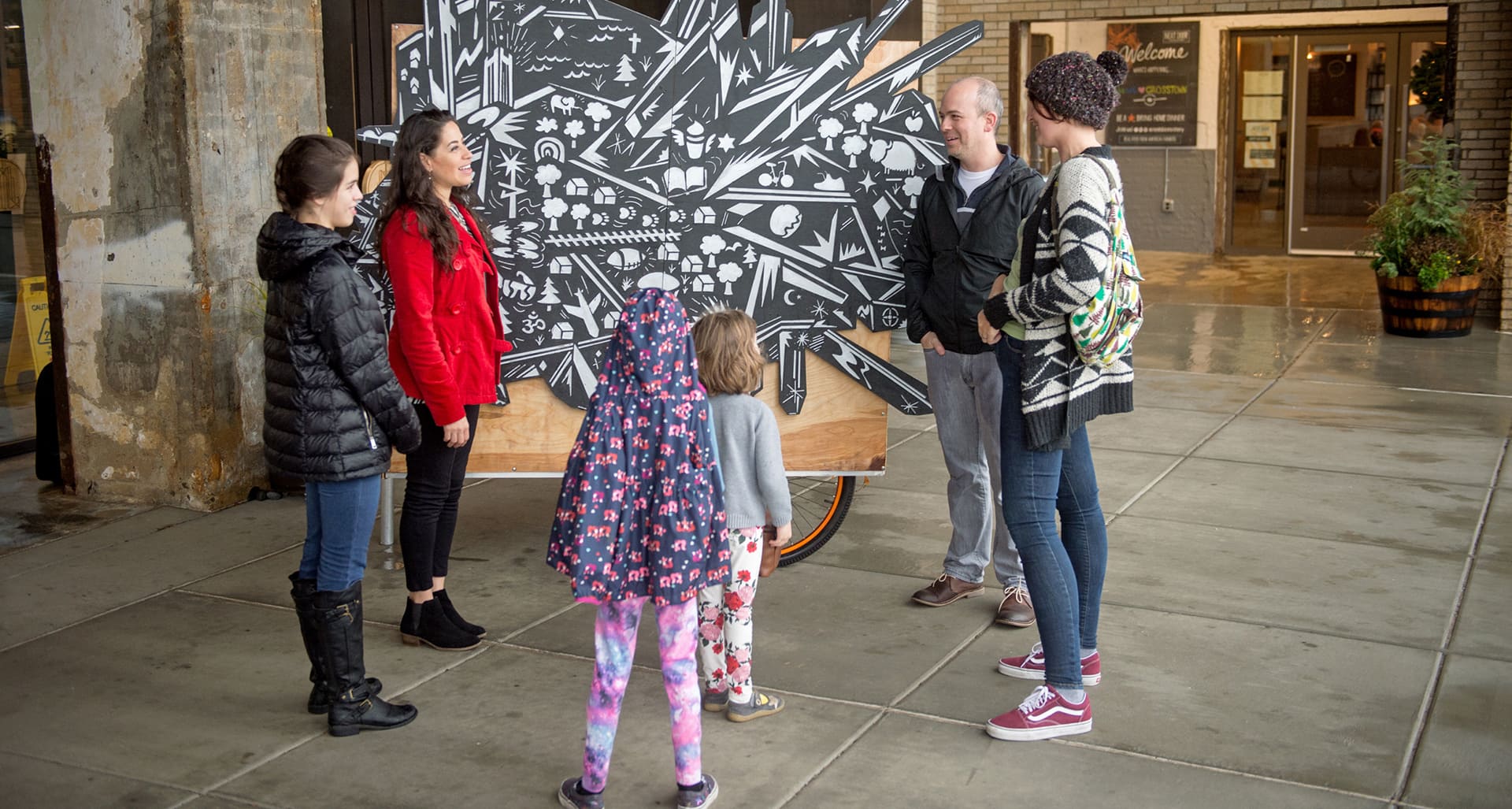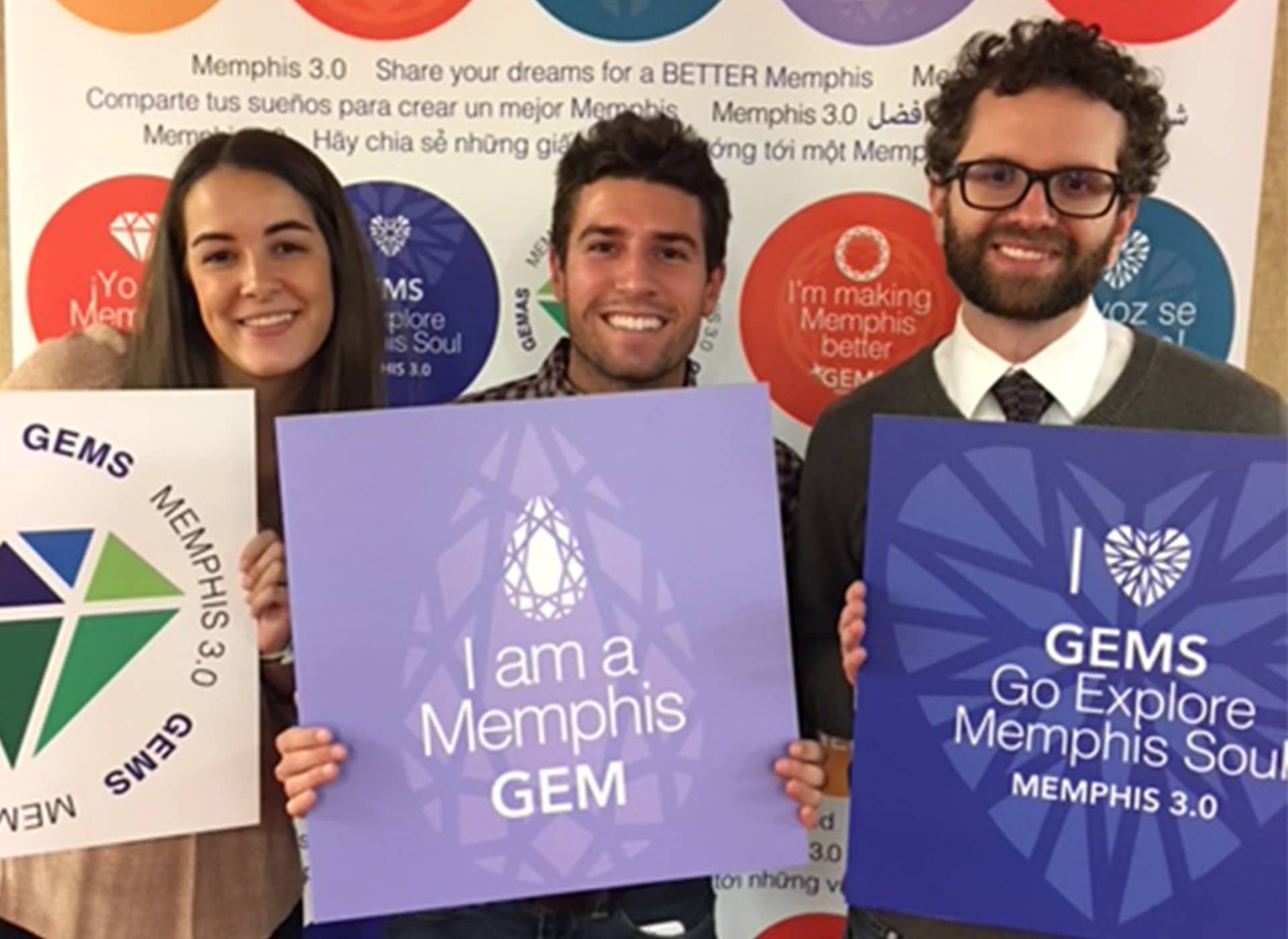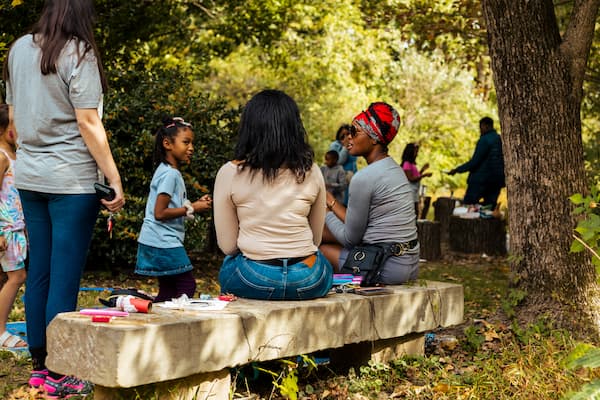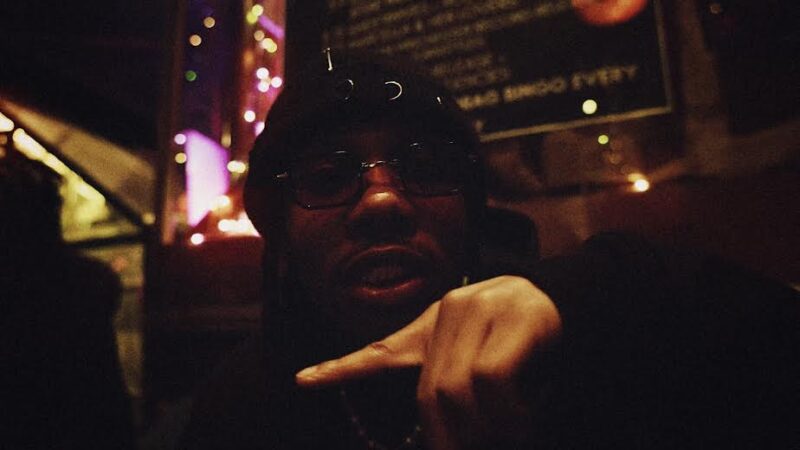As the 50th anniversary of the assassination of Dr. Martin Luther King, Jr. approaches, it merits a time to look at how the city has and hasn’t changed since 1968, and also to look at where the city is headed in the next 50 years. How has Memphis lived up to the ideals of Dr. King in providing a livable city for all of its people?
Over the past five decades, Memphis has seen its fair share of change and growth. That said, a portion of that growth into newer and trendier areas has left behind and sometimes pushed out Memphians. The danger in this is that as trendy areas sprout up, often in traditionally minority neighborhoods, the new and costly developments price out old residents. Without an intentional strategy of how to ally redevelopment projects and new residents with old residents, Memphis is at risk of excluding some Memphians from being able to access the future of the city’s expansion, and, of course, any exclusion of peoples in this new city would certainly not honor the legacy of the late Dr. Martin Luther King Jr.
In the second half of the 20th century, the population of Memphis grew, but so did its spread. As the outer suburbs of Memphis, such as Germantown and Bartlett, saw their populations and vitality grow and improve, the inner areas of Memphis witnessed stagnation. During this time, city planning focused more on the growth of the suburbs and less on the core districts of the city. As a result, there was a lack of investment in many minority areas, including North and South Memphis.
Now, after nearly four decades without a comprehensive city plan, Memphis 3.0 is seeking to recraft what the city will look like heading into its third century. When the last such plan for Memphis development was written and implemented, the trend in the city was to move farther and farther east. Today, Memphis 3.0 aims to see a strengthened core as well as growth and empowerment occurring in the northern and southern areas of Memphis in addition to the eastern areas.
Along with the plethora of ideas coming from the nonprofit sector for how to improve the city, Memphis 3.0 has sought to directly gain the input of city residents from the fourteen districts of Memphis. Memphis 3.0 has enlisted three locally-based artists to facilitate responses from residents on what improvements they wish to see in their communities. While striking up conversations with city residents using their art, these three artists have been able to ask complex questions in simple ways so that city planners can develop the Memphis 3.0 plan to better serve the people of this city. Dividing the fourteen Memphis districts between the three of them, the small crew of artists has spent ten weeks in each district to which they were assigned gathering data on residents’ needs, wants, and likes about their communities. The district data-gathering projects are set to conclude this summer after having begun in late 2017.
Though not a conventional approach to gaining resident feedback, embedding artists into Memphis communities is a valuable tool used by Memphis 3.0 to gather data on how city residents are really feeling about their neighborhoods and what they want to see improved. These artists have been able to engage with residents in ways that city planners cannot using art as a medium to illicit the thoughts and opinions of many Memphians. The significance of the artists’ presence and their work is that many residents of neighborhoods that were ignored or overlooked by the last sizable city planning initiative now have the chance to have their voices heard by those who will write the next plan for the city. Perhaps for the first time in Memphis’ history, the city is making an effort to gather and incorporate the thoughts of Memphians who have long been told how their neighborhoods will be developed rather than asked.

One of these artists, Yancy Villa-Calvo, has engaged with Memphians through her project GEMS (Go Explore Memphis Soul). In this project she has created a map of Memphis gems and has used it to ask city residents to share which parts of their communities they would consider gems and then to place tiny gems on her illustrated map over the spot that they treasure. Through this project, Villa-Calvo has sought not only to gather data points on people’s feelings towards their communities but to capture the stories that Memphians have regarding their city and their neighborhoods. Her care for the stories of regular Memphians has become a valuable asset in designing the Memphis of the future for these residents and for countless others.

Memphis 3.0 has stated on their website, “No one is more important to this [city planning] process than Memphians themselves because the best experts about our neighborhoods are the people in them.” With this belief and basis for action of those who will plan and implement the first comprehensive city plan for Memphis in nearly 40 years, then our city has the potential to become a more representative and livable place for all of its people.
You might also be interested in: Church Health: Building MLK’s Beloved Community







